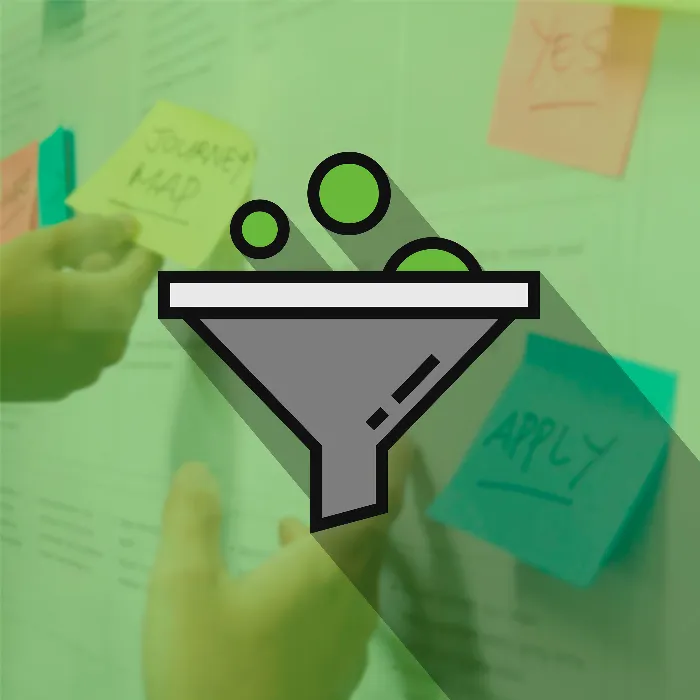The CustomerJourneyis a central concept that describes the various phases a customer goes through before making a decision—whether it be a purchase or a request for service. In this guide, you will learn how to effectively understandand shape the Customer Journey of your target audience. It becomes clear that the customer's journey does not only begin on your own website but starts long before with the first contact with your brand or product.
Key insights
- The Customer Journey is a dynamic process with multiple touchpoints that influence purchasing behavior.
- A deep understanding of the target audience and their needs is crucial for successful UX design.
- The use of analytics and visualization tools can help identify weaknesses and optimize the process.
- The Customer Journey does not end with the purchase; it continues into the post-purchase phase and can significantly contribute to customer loyalty.
Step-by-Step Guide
1. Develop Understanding of the Customer Journey
To understand the Customer Journey, you need to know your target audience well. Who are your customers? What needs, fears, and desires do they have? These insights are the foundation for effective Customer Journey mapping.

2. Identify Touchpoints
Analyze where potential customers come into contact with your brand. These touchpoints range from online research and social media to direct recommendations. It is important to capture all touchpoints to get a complete picture.

3. Consider Diverse Information Needs
Customers have different information needs at various stages of their journey. At the beginning, they are primarily looking for information that addresses their problem. Later, the focus shifts to safety aspects and trust in the provider. Ensure that the content on your website addresses these needs.

4. Analyze User Behavior
Use tools like Google Analytics to find out how users interact with your website. Pay attention to which pages are visited the most and where there are drop-offs. This information is crucial for optimizingthe Customer Journey and eliminating barriers.

5. Create a Customer Journey Map
A clear visualization of the Customer Journey can help you better understand the individual steps. Create a Customer Journey Map that documents all touchpoints, steps, and user experiences. This makes it easier to identify problem areas and find solutions.
6. Design and Adapt Content
Design the content of your website to align with the different phases of the Customer Journey. Consider that the user should have a clear understanding of how to progress to the next phase. Call-to-actions should also be clearly defined in this phase and guide the customer.
7. Conduct Tests and Adjustments
Conduct A/B tests to find out which approaches yield the best results. Especially in the ordering process, ensure that the navigation is simple and the processes are clear. A clear and straightforward checkout process can significantly increase conversion rates.

8. Feedback and Iteration
Collect feedback and regularly analyze the user experience. The Customer Journey is not static—it should be continuously adapted to meet the changing needs of your target audience.

9. Think Beyond the Purchase
The Customer Journey does not end with the purchase. Consider how you can continue to support your customers after their purchase. Follow-up emails and offers play an important role in customer loyalty.

Summary – Customer Journey: Creating Awareness of the Customer Path
By understanding the Customer Journey, you can better address the needs of your target audience at every phase of their decision-making process, thereby improving the user experience and ultimately the conversion rate. Make sure to regularly analyze data and adjust your strategies to keep pace with your customers' expectations.
FAQ
How can I best understand the Customer Journey of my customers?Focus on audience analysis, identify their touchpoints, and analyze their behavior.
Why are touchpoints important?Touchpoints are the points where customers interact with the brand. They influence how customers perceive your brand.
Should I create the Customer Journey only once?No, the Customer Journey should be regularly reviewed and adjusted as customer needs may change.
What can I do if I have a high drop-off rate in the checkout process?Analyze the checkout process for drop-offs, optimize navigation, and test different layouts or elements.
How can A/B tests help?A/B tests help you understand which content or layouts provide the best user experience and increase the conversion rate.


